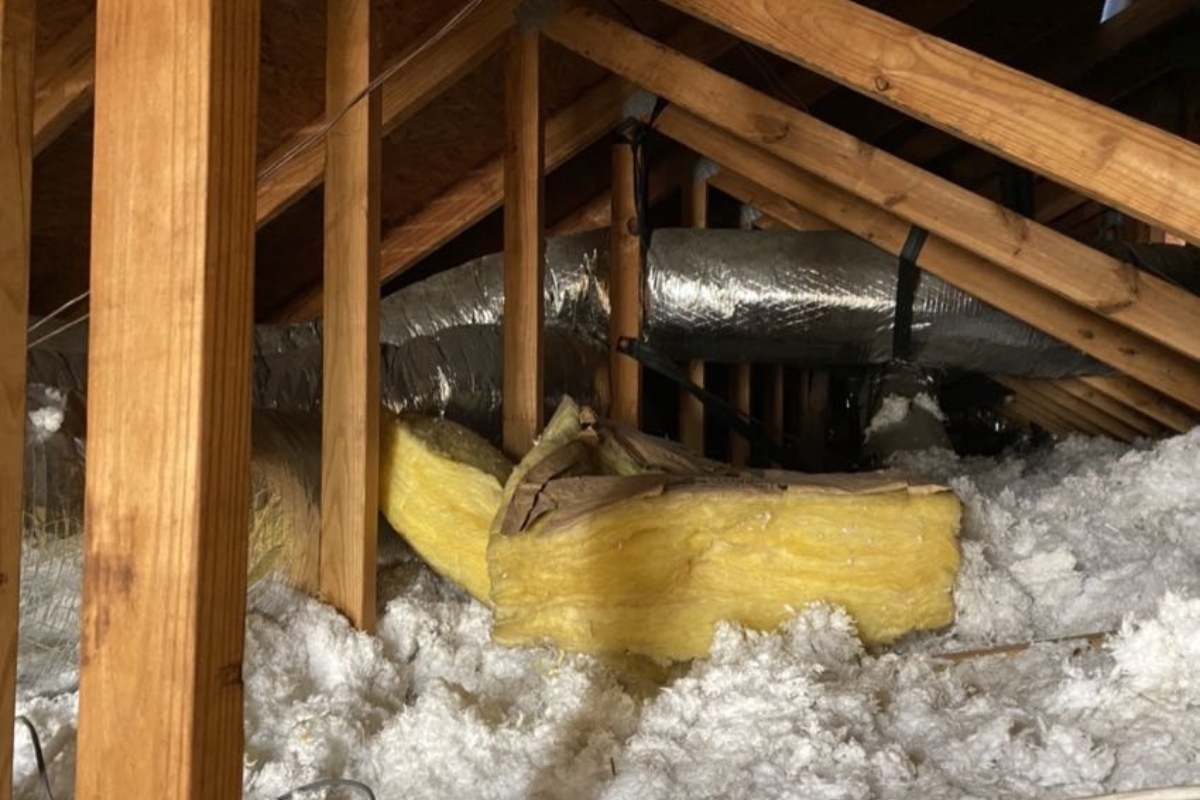

Articles
How Much Insulation Should Be In An Attic
Modified: January 8, 2024
Discover the ideal amount of insulation for your attic with our informative articles. Maximize energy efficiency and keep your home comfortable.
(Many of the links in this article redirect to a specific reviewed product. Your purchase of these products through affiliate links helps to generate commission for Storables.com, at no extra cost. Learn more)
Introduction
Welcome to our article on how much insulation should be in an attic. Insulation plays a crucial role in maintaining a comfortable and energy-efficient home. It acts as a barrier to prevent heat transfer, keeping your home warm in the winter and cool in the summer. A properly insulated attic can significantly reduce energy consumption and lower utility bills. In this article, we will explore the factors to consider when determining the amount of insulation your attic needs, as well as the recommended insulation levels based on climate zones. Let’s dive in!
Key Takeaways:
- Proper attic insulation is essential for energy efficiency, cost savings, and comfort. Understanding climate zones and recommended R-values ensures optimal insulation levels for your home.
- Avoid common mistakes such as inadequate thickness, compression, and air leaks to maximize the benefits of your attic insulation. Consult professionals for expert guidance and proper installation.
Read more: How Much For Attic Insulation
Importance of Attic Insulation
Attic insulation is a vital component of your home’s insulation system. It helps create a thermal barrier that prevents heat loss or gain through the roof. Here are some key reasons why attic insulation is so important:
- Energy Efficiency: Insulating your attic properly can significantly improve the energy efficiency of your home. It keeps your home cooler in the summer by preventing heat from entering through the roof, and warmer in the winter by minimizing heat loss.
- Cost Savings: By reducing the amount of energy needed to maintain a comfortable indoor temperature, attic insulation can lead to significant cost savings on your energy bills. It is estimated that proper insulation can save homeowners up to 20% on heating and cooling costs.
- Comfort: Insulating your attic helps create a more comfortable living environment. It helps regulate temperatures and reduces drafts, ensuring that the rooms below the attic maintain a consistent and comfortable temperature year-round.
- Noise Reduction: Attic insulation also helps reduce noise transmission from the outside, such as traffic or neighbors. It acts as a sound barrier, providing a quieter and more peaceful indoor environment.
- Extended Lifespan of HVAC Systems: When your attic is properly insulated, your heating and cooling systems don’t have to work as hard to maintain the desired temperature. This reduces the wear and tear on your HVAC equipment, leading to extended lifespan and fewer maintenance issues.
Overall, attic insulation plays a crucial role in promoting energy efficiency, reducing costs, enhancing comfort, and improving the lifespan of HVAC systems. It is an investment that provides both short-term and long-term benefits for homeowners.
Factors to Consider
When determining how much insulation should be in your attic, there are several factors to consider. These factors will help you determine the recommended insulation level for your specific needs. Let’s take a closer look at these considerations:
- Climate Zone: The climate zone in which you live plays a significant role in determining the recommended insulation level for your attic. Different climate zones have different temperature extremes, and therefore, require different insulation levels to maintain optimal energy efficiency.
- R-Value: The R-value is a measure of insulation’s ability to resist heat flow. It indicates the thermal resistance of the insulation material. The higher the R-value, the better the insulation’s performance. The R-value needed for your attic depends on your climate zone, as well as the type of insulation material you choose.
- Existing Insulation: If your attic already has insulation, you need to consider the condition and effectiveness of the existing insulation. If it is insufficient or damaged, you may need to add more insulation to achieve the recommended insulation level.
- Access to Attic: The accessibility of your attic also impacts the type and amount of insulation you can install. If your attic is easily accessible, installing additional insulation may be relatively straightforward. However, if the attic is difficult to access or has limited space, you may need to explore alternative insulation methods.
- Budget: Your budget is an essential consideration when determining the amount of insulation for your attic. Different insulation materials have varying costs, and you need to weigh the benefits against your budget to make an informed decision.
By taking these factors into account, you can determine the appropriate insulation level for your attic. This will ensure that you achieve optimal energy efficiency and comfort in your home while balancing your budget constraints. It may be helpful to consult a professional insulation contractor who can assess your specific situation and provide expert guidance.
Climate Zone
The climate zone in which you reside is a critical factor to consider when determining the amount of insulation needed in your attic. The U.S. Department of Energy has divided the country into different climate zones based on weather patterns, temperature extremes, and other climatic factors. These climate zones are categorized from Zone 1 to Zone 8, with Zone 1 representing the hottest and Zone 8 the coldest regions.
The classification of climate zones helps in determining the recommended insulation levels for different areas. Warmer climate zones typically require less insulation due to milder winters and less need for heating. Conversely, colder climate zones require higher insulation levels to counteract significant heat loss during harsh winters.
It is essential to identify the climate zone in which you are located to determine the recommended R-value for your attic insulation. The R-value is a measure of thermal resistance and indicates how well the insulation resists heat flow. The higher the R-value, the better the insulation’s effectiveness.
To determine the recommended R-value for your climate zone, you can refer to the insulation standards provided by the U.S. Department of Energy or consult local building codes. These guidelines take into account the specific weather conditions and temperature ranges experienced in each climate zone.
It’s important to note that climate zone maps provide a general reference, and other factors such as altitude, humidity, and local weather patterns can influence insulation requirements. Therefore, it is recommended to consult with insulation professionals who are familiar with your local climate and can provide tailored advice based on your specific needs.
By understanding your climate zone and the corresponding insulation recommendations, you can ensure that your attic is properly insulated to optimize energy efficiency, maintain comfortable indoor temperatures, and reduce heating and cooling costs.
Recommended R-Value
The recommended R-value for attic insulation varies depending on the climate zone in which you live. Higher R-values are recommended in colder regions to minimize heat loss, while lower R-values may be sufficient in warmer areas with milder winters. Here is a general guideline for the recommended R-values based on climate zones:
- Zone 1: For hot climates with minimal heating needs, the recommended R-value for attic insulation is typically between R30 to R49.
- Zone 2: In warm climates with moderate heating needs, the recommended R-value is usually between R30 to R60.
- Zone 3: In mixed climates with both heating and cooling requirements, the recommended R-value ranges from R30 to R60.
- Zone 4: In colder climates with moderate to high heating needs, the recommended R-value is generally between R38 to R60.
- Zone 5: In colder climates with high heating needs, the recommended R-value ranges from R49 to R60 or higher.
- Zone 6: In very cold climates, the recommended R-value for attic insulation is typically between R49 to R60 or higher.
- Zone 7: For frigid climates with extremely high heating requirements, the recommended R-value is usually between R60 to R90.
- Zone 8: For the coldest regions, such as Alaska, the recommended R-value is typically between R60 to R90 or higher.
It is important to note that these are general recommendations, and factors like the age of your home, building materials, and personal preferences can also influence the recommended R-value. It is always advisable to consult with insulation professionals or refer to local building codes for precise insulation requirements in your area.
Remember that achieving the recommended R-value for your attic insulation can result in improved energy efficiency, increased comfort, and reduced heating and cooling costs. Investing in proper insulation ensures that your home is adequately protected against heat loss or gain, no matter the climate zone you reside in.
Read more: How Thick Should Insulation Be In Attic
R-Value Calculation
Calculating the R-value for your attic insulation involves understanding the R-value of each insulation material used and determining the thickness or depth of the insulation. The higher the R-value, the better the insulation’s ability to resist heat flow. Here is how you can calculate the R-value:
- Identify the insulation materials: Determine the type of insulation material used in your attic, as each material has a specific R-value per inch. For example, fiberglass batt insulation typically has an R-value of around 3.1-4.3 per inch, while blown-in cellulose insulation has an R-value of approximately 3.2-3.8 per inch.
- Measure the insulation thickness: Measure the depth or thickness of the insulation in your attic. This can be done by inserting a ruler or measuring tape into the insulation material or by checking the manufacturer’s specifications. It is essential to measure the depth accurately, as it will be used in the R-value calculation.
- Calculate the R-value: Multiply the insulation thickness (in inches) by the R-value per inch of the insulation material. For example, if you have fiberglass batt insulation that is 6 inches thick, and its R-value per inch is 3.5, the calculation would be 6 (inches) x 3.5 (R-value per inch) = 21. This means that the R-value of the insulation in this case is 21.
- Combine multiple insulation layers: If your attic has multiple layers of insulation, calculate the R-value for each layer separately and then add them together to obtain the total R-value. For instance, if you have fiberglass batt insulation with an R-value of 15 and blown-in cellulose insulation with an R-value of 10, the total R-value would be 15 + 10 = 25.
- Consider air gaps: Keep in mind that air gaps or voids in insulation reduce its overall effectiveness. It is crucial to ensure that insulation is properly installed, without any gaps or compressed areas that can diminish its R-value.
By calculating the R-value, you can assess the effectiveness of your attic insulation and determine if it meets the recommended R-value for your climate zone. If the current R-value is below the recommended level, you may need to add more insulation to achieve optimal energy efficiency and thermal protection.
It’s worth mentioning that insulation professionals can provide expert guidance and perform an energy audit to assess your attic’s insulation needs accurately. Their knowledge and experience can ensure that your attic insulation is properly installed and meets the desired R-value for maximum comfort and energy savings.
The recommended amount of insulation for an attic is typically between 10-14 inches, but this can vary depending on the climate and type of insulation used. It’s best to consult with a professional to determine the right amount for your specific situation.
Types of Insulation Materials
Various insulation materials are available on the market, each with its own unique characteristics, advantages, and installation methods. Understanding the different types of insulation materials can help you make an informed decision when choosing the right option for your attic. Here are some commonly used insulation materials:
- Fiberglass: Fiberglass insulation is one of the most common types used in attics. It consists of tiny glass fibers packed together, creating a fluffy and lightweight insulation. Fiberglass insulation is available in both batts and blown-in forms. It is a cost-effective option and provides good thermal resistance when installed properly.
- Cellulose: Cellulose insulation is made from recycled paper or plant fibers treated with fire-retardant chemicals. It is an environmentally friendly option and has good sound absorption properties. Cellulose insulation is typically installed as blown-in insulation and can conform well to irregular spaces in the attic.
- Spray Foam: Spray foam insulation is a versatile option that expands upon application, sealing gaps and creating an airtight barrier. It provides excellent thermal resistance and effectively reduces air leakage. Spray foam insulation can be either open-cell (less dense) or closed-cell (denser and more rigid).
- Mineral Wool: Mineral wool insulation is made from rock or slag fibers. It is a non-flammable option that offers good thermal and sound insulation properties. Mineral wool insulation is available in batts or loose-fill form and is known for its fire-resistant qualities.
- Reflective Insulation: Reflective insulation is typically composed of aluminum foil or metallic coating applied to a substrate material. It reflects radiant heat away from the attic, helping to keep the space cooler. Reflective insulation is commonly used in hot climates where reducing the heat gain is a primary concern.
- Natural Fiber: Natural fiber insulation, such as cotton or wool, is an eco-friendly alternative to traditional insulation materials. It provides good insulation properties and is resistant to mold and mildew. Natural fiber insulation typically comes in batts or loose-fill form.
Your choice of insulation material will depend on various factors, including budget, R-value requirements, installation method, and personal preferences. It is essential to consider factors such as fire resistance, moisture resistance, and environmental impact when selecting the right insulation material for your attic.
Consulting with insulation professionals can be helpful in determining the most suitable insulation material for your specific needs. They have the expertise to evaluate your attic and recommend the best insulation material that meets your requirements for energy efficiency, comfort, and durability.
Installation Methods
The proper installation of attic insulation is crucial to ensure its effectiveness in providing thermal resistance and energy efficiency. The installation method will vary depending on the type of insulation material you choose. Here are some common installation methods for attic insulation:
- Batts and Rolls: Batts or rolls of insulation are commonly used for fiberglass and mineral wool insulation. These pre-cut sections come in various widths and are designed to fit between the attic joists or rafters. They are typically laid flat and pushed into place, ensuring a snug fit. The insulation should be installed without any gaps or compression to maintain its integrity.
- Blown-In Insulation: Blown-in insulation, such as cellulose or fiberglass, is installed using an insulation blowing machine. The loose-fill insulation is blown into the attic space using the machine, filling gaps and crevices. This method is particularly useful for attics with irregular shapes or hard-to-reach areas.
- Spray Foam: Spray foam insulation is applied using a special spraying equipment that combines two chemicals. When sprayed, the chemicals react and expand, filling the attic space and creating an airtight seal. Spray foam is ideal for sealing small gaps and cracks, providing excellent thermal resistance and reducing air leakage.
- Reflective Insulation: Reflective insulation typically comes in rolls or sheets with a reflective surface. It is installed by stapling or nailing the material to the attic rafters or joists. The reflective surface should face the open air to effectively reflect radiant heat away from the attic space.
- Professional Installation: While some homeowners may choose to install attic insulation themselves, professional installation is often recommended. Insulation professionals have the expertise and the necessary equipment to assess your attic, determine the insulation needs, and execute the installation process correctly. They can ensure that the insulation is installed properly, without gaps or air leakage, maximizing its effectiveness.
Regardless of the installation method, it is important to wear protective clothing, such as gloves and a mask, when handling insulation materials. Take necessary precautions to avoid contact with the skin and inhalation of particles during installation.
Ensure that you comply with local building codes and safety regulations when installing attic insulation. If you are unsure about the installation process or have specific requirements, it is recommended to consult with insulation professionals who can guide you through the installation process and ensure that your attic is properly insulated.
Signs of Inadequate Insulation
Inadequate attic insulation can lead to discomfort, energy inefficiency, and increased heating and cooling costs. It’s important to be aware of the signs that your attic may be under-insulated. Here are some common signs to look out for:
- Temperature Fluctuations: If you notice significant temperature fluctuations in your home, such as rooms feeling excessively hot in the summer or cold in the winter, it could be a sign of inadequate insulation. Insufficient insulation allows heat to escape in the winter and enter in the summer, resulting in an uncomfortable indoor environment.
- High Energy Bills: If your heating or cooling costs have been consistently high despite normal usage patterns, it could be due to poor attic insulation. Inadequate insulation allows heat to escape during cold weather and infiltrate during hot weather, making your HVAC system work harder to maintain a comfortable temperature and driving up energy bills.
- Drafts and Air Leaks: If you feel drafts or notice air leaks around windows, doors, or electrical outlets near the attic, it could be a sign of insufficient insulation. Air leaks indicate that warm or cool air is escaping or entering your home through gaps, reducing the effectiveness of your insulation and impacting energy efficiency.
- Uneven Room Temperatures: If you experience significant temperature differences between rooms, with some rooms being noticeably colder or hotter than others, it could indicate poor attic insulation. Inadequate insulation allows heat to move more freely, resulting in uneven distribution throughout your home.
- Ice Dams: Ice dams are formed when heat escapes from the attic, causing snow on the roof to melt and refreeze at the eaves. This can lead to water damage and indicate insufficient insulation and ventilation in the attic. If you notice ice dams on your roof during winter, it’s a sign that your attic insulation needs attention.
- Pest Infestations: Inadequate attic insulation can create openings and gaps that offer entry points for pests such as rodents and insects. If you notice an increase in pest activity in your home, it may be due to insufficient insulation that allows them to access your living spaces.
If you observe any of these signs, it is essential to address your attic insulation to improve energy efficiency, reduce costs, and enhance home comfort. Consulting with insulation professionals can help identify the extent of the problem and recommend appropriate insulation solutions to rectify the issue.
Remember, proper attic insulation not only improves energy efficiency but also contributes to a more comfortable and livable home environment.
Read more: How Much To Spray Insulation In Attic
Benefits of Sufficient Attic Insulation
Sufficient attic insulation offers numerous advantages that contribute to energy efficiency, comfort, and cost savings. Let’s explore some of the key benefits of having proper insulation in your attic:
- Energy Savings: One of the most significant benefits of sufficient attic insulation is reduced energy consumption. By creating a thermal barrier, insulation prevents heat from escaping during the winter and entering during the summer. This means that your heating and cooling systems won’t have to work as hard to maintain a comfortable indoor temperature, resulting in lower energy bills.
- Improved Energy Efficiency: Proper attic insulation helps to reduce heat transfer, which means your HVAC system can operate more efficiently. It enables your home to retain heat in the winter and stay cooler in the summer, reducing the need for excessive heating and air conditioning. This improved energy efficiency not only saves you money but also reduces your carbon footprint.
- Enhanced Comfort: Adequate insulation in the attic helps maintain a consistent and comfortable indoor temperature. It prevents cold drafts in the winter and hot spots in the summer, ensuring that every room in your home remains comfortable year-round. Additionally, insulation helps to minimize noise transmission from outside, providing a quieter and more peaceful living environment.
- Moisture Control: Insulation can help control moisture levels in your attic, preventing the buildup of condensation. Moisture can lead to mold and mildew growth, which can compromise indoor air quality and cause structural damage. By properly insulating your attic, you can reduce the risk of moisture-related problems and maintain a healthy living environment.
- Extended HVAC Lifespan: Insulating your attic reduces the strain on your heating and cooling systems, prolonging their lifespan. By minimizing the need for excessive heating and cooling, insulation helps to prevent wear and tear on the equipment, reducing the frequency of repairs and replacements.
- Environmental Impact: Proper attic insulation not only benefits your home but also has a positive impact on the environment. By reducing energy consumption and greenhouse gas emissions, insulation helps to mitigate climate change and preserve natural resources.
- Increased Property Value: A well-insulated attic can enhance the value of your property. Potential buyers are increasingly conscious of energy efficiency, and having sufficient insulation can be an attractive selling point. It demonstrates that the home has been properly maintained and offers long-term cost savings.
By investing in sufficient attic insulation, you can enjoy the benefits of improved energy efficiency, increased comfort, lower energy bills, and a reduced environmental footprint. It is a worthwhile investment that pays off in both the short and long term.
Common Mistakes to Avoid
Proper attic insulation is essential for energy efficiency and overall comfort in your home. However, there are several common mistakes that homeowners should avoid to ensure the effectiveness of their insulation. Here are some key mistakes to watch out for:
- Inadequate Insulation Thickness: Insufficient insulation thickness can result in reduced thermal resistance and compromised energy efficiency. It’s essential to follow the recommended R-value for your climate zone and ensure that the insulation material is installed to the appropriate depth or thickness.
- Compression of Insulation: Compressing insulation materials such as fiberglass batts can decrease their R-value and effectiveness. It is crucial to handle insulation with care and avoid compressing it during installation. Proper installation techniques, such as gently cutting insulation to fit around obstacles, can help maintain the integrity of the insulation layer.
- Leaving Gaps and Air Leaks: Gaps and air leaks in the insulation layer undermine its effectiveness. It’s important to meticulously seal any openings, gaps, or penetrations in the attic, such as around electrical outlets, pipes, and ductwork. Using air sealing techniques, such as caulking or weatherstripping, helps minimize air leakage and maximize the insulation’s performance.
- Insufficient Attic Ventilation: Proper attic ventilation plays a crucial role in maintaining the effectiveness of insulation and preventing issues such as moisture buildup and ice dams. It’s important to ensure that your attic has adequate vents and that they are not blocked by insulation. Proper airflow allows for the escape of excess heat and moisture, promoting a healthy attic environment.
- Ignoring Safety Precautions: Insulation materials can be hazardous to health if not handled properly. When installing or handling insulation, it’s important to wear appropriate protective equipment, such as gloves, long-sleeved shirts, and masks, to prevent skin irritation and inhalation of particles.
- DIY Installation Without Proper Knowledge: While it may be tempting to tackle insulation installation as a do-it-yourself project, it’s important to have a solid understanding of the process and techniques involved. Improper installation can lead to gaps, voids, and insulation inefficiencies. Consulting with insulation professionals or hiring a trained contractor ensures proper installation and maximizes the benefits of your insulation investment.
- Overlooking Insulation Updates: Over time, insulation can settle, become damaged, or degrade in effectiveness. It’s important to periodically inspect your attic insulation and make updates or repairs as needed. Upgrading insulation when necessary ensures optimal energy efficiency and comfort in your home.
By avoiding these common mistakes and following proper insulation guidelines, you can maximize the effectiveness and benefits of your attic insulation. Consider consulting with insulation professionals who can provide expert guidance and ensure the correct installation and maintenance of your attic insulation.
Conclusion
Attic insulation is a crucial component in maintaining a comfortable, energy-efficient home. A properly insulated attic helps regulate indoor temperatures, reduces energy consumption, and lowers utility bills. By understanding the factors that influence insulation requirements, such as climate zone and recommended R-values, homeowners can make informed decisions about their attic insulation needs.
Whether you choose fiberglass batts, blown-in cellulose, spray foam, or another insulation material, proper installation is key. Avoiding common mistakes like inadequate thickness, compression, air leaks, and insufficient ventilation ensures the maximum benefits of your insulation investment.
The benefits of sufficient attic insulation are far-reaching. Energy savings, improved energy efficiency, enhanced comfort, moisture control, extended HVAC lifespan, and reduced environmental impact are just some of the advantages. Additionally, proper insulation can increase property value and create a healthier living environment.
If you suspect your attic insulation is inadequate or you’re interested in increasing energy efficiency, it’s recommended to consult with insulation professionals. They can assess your attic, provide expert guidance, and ensure proper installation to maximize the effectiveness of your insulation.
Don’t overlook the importance of attic insulation. By investing in sufficient insulation and avoiding common mistakes, you can create a more comfortable, efficient, and sustainable home for years to come.
Frequently Asked Questions about How Much Insulation Should Be In An Attic
Was this page helpful?
At Storables.com, we guarantee accurate and reliable information. Our content, validated by Expert Board Contributors, is crafted following stringent Editorial Policies. We're committed to providing you with well-researched, expert-backed insights for all your informational needs.
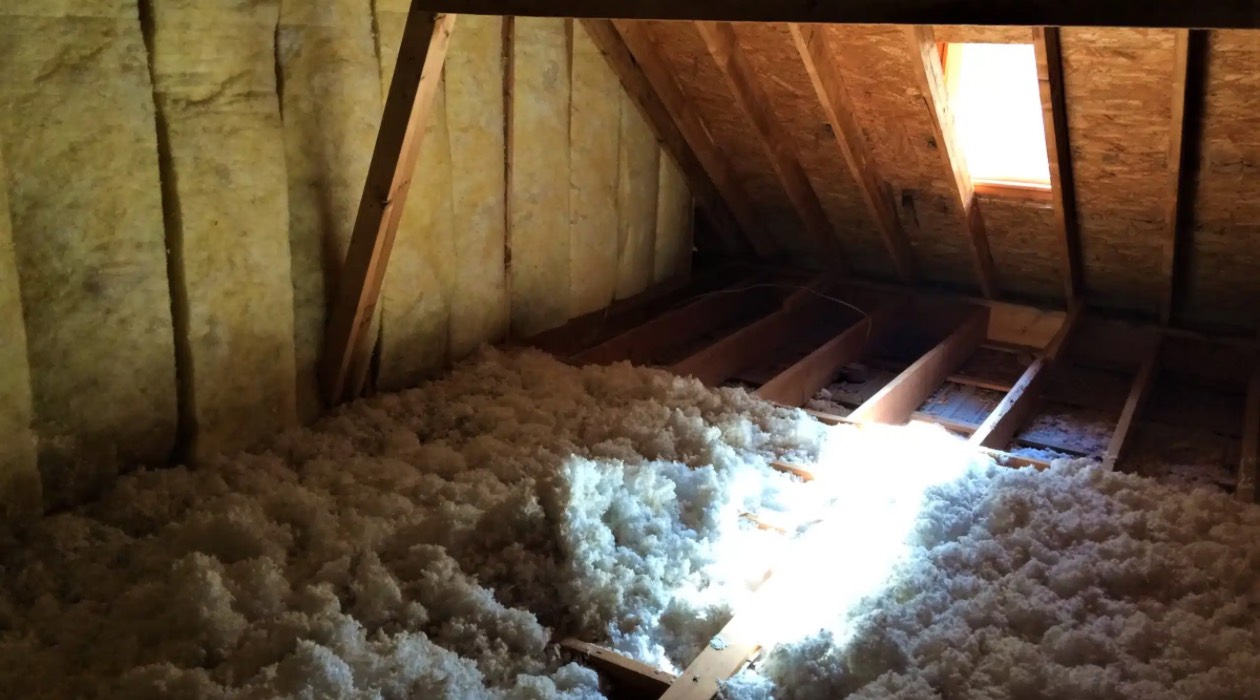
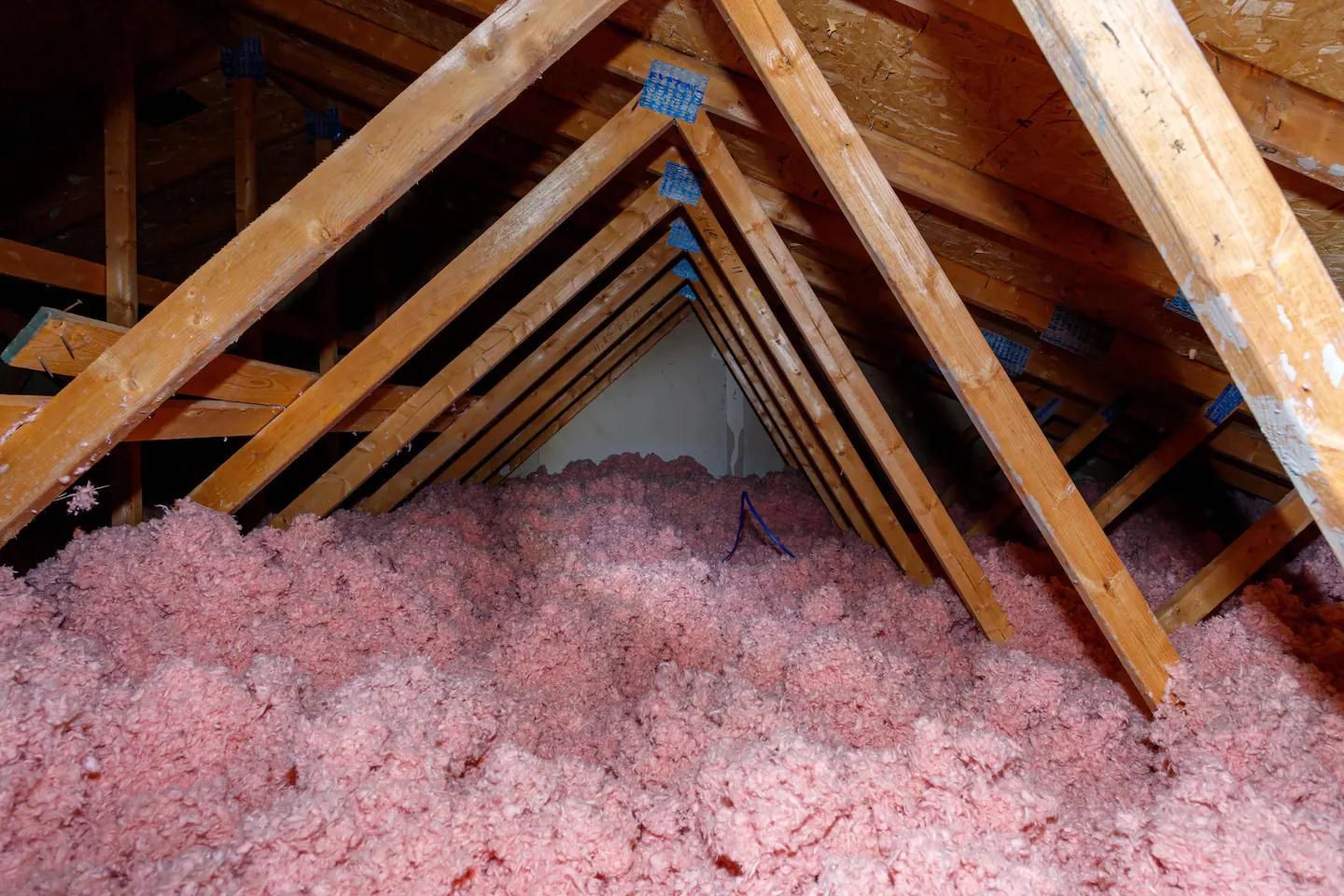
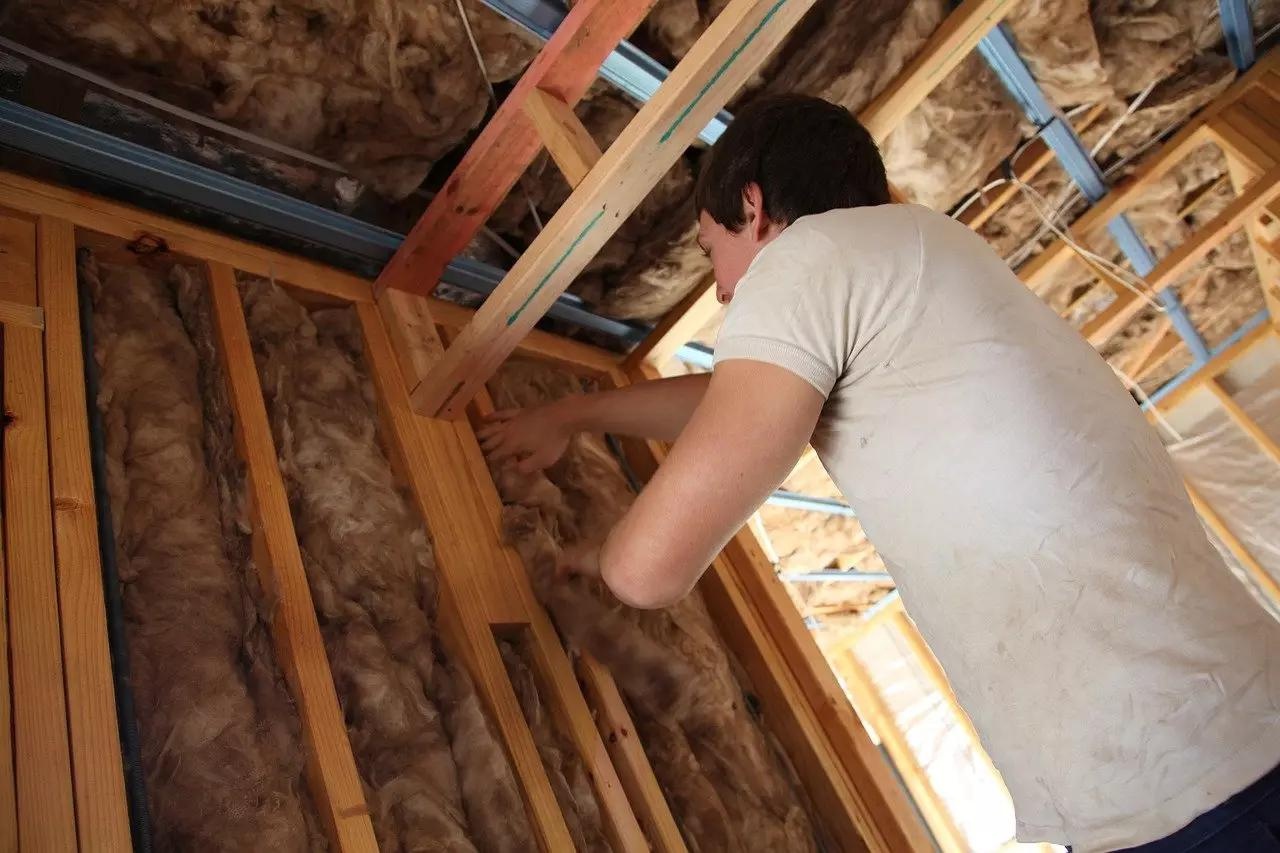
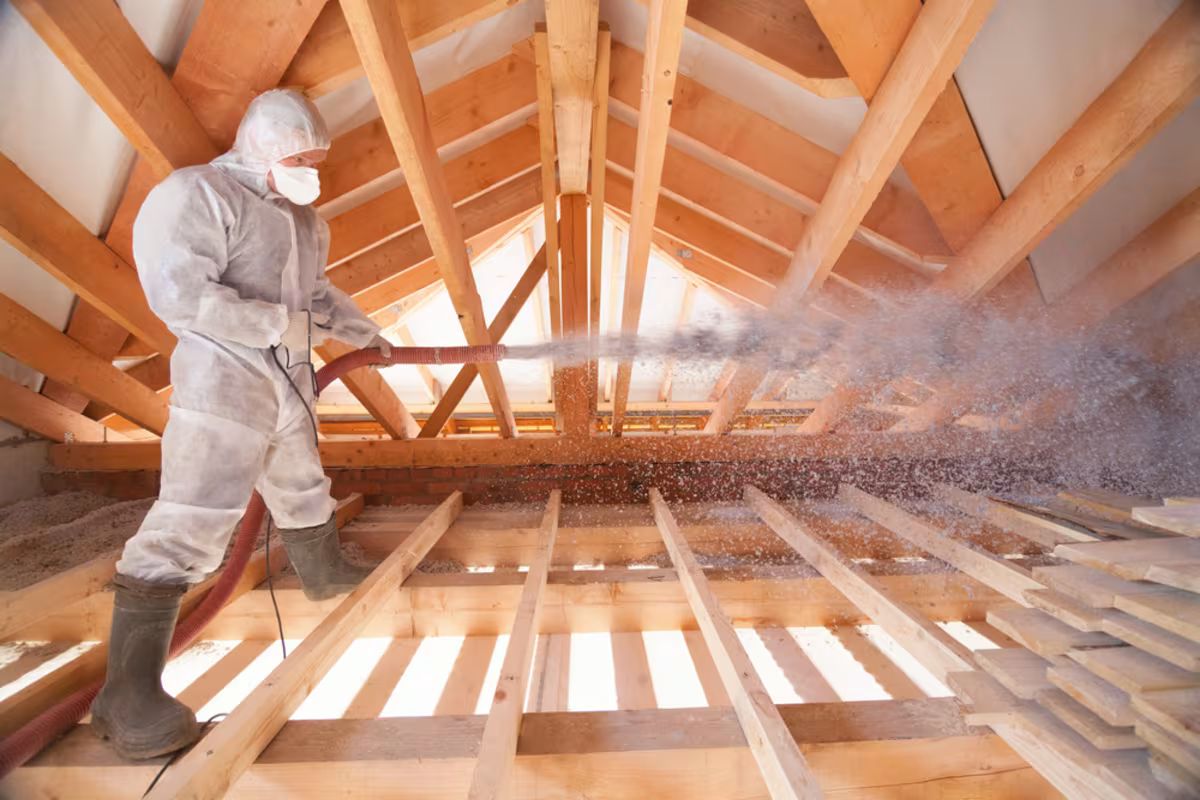
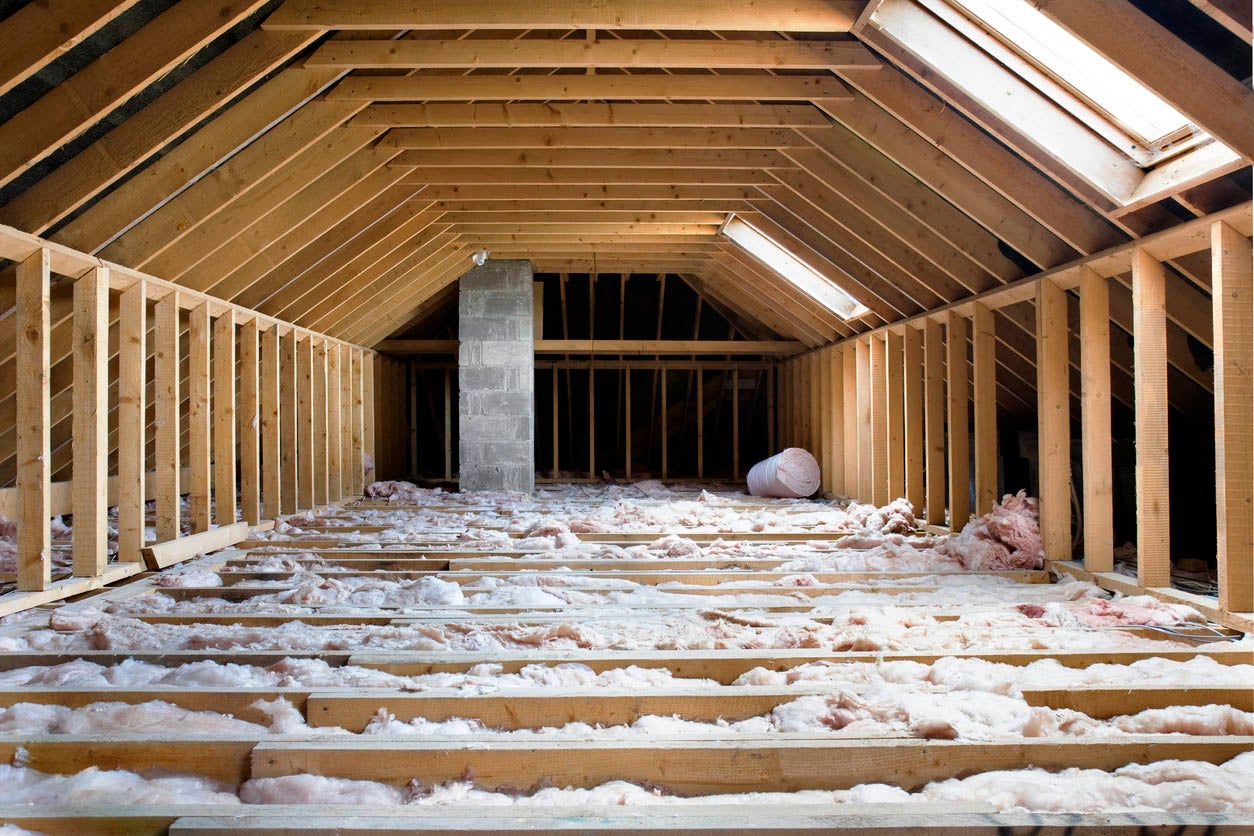
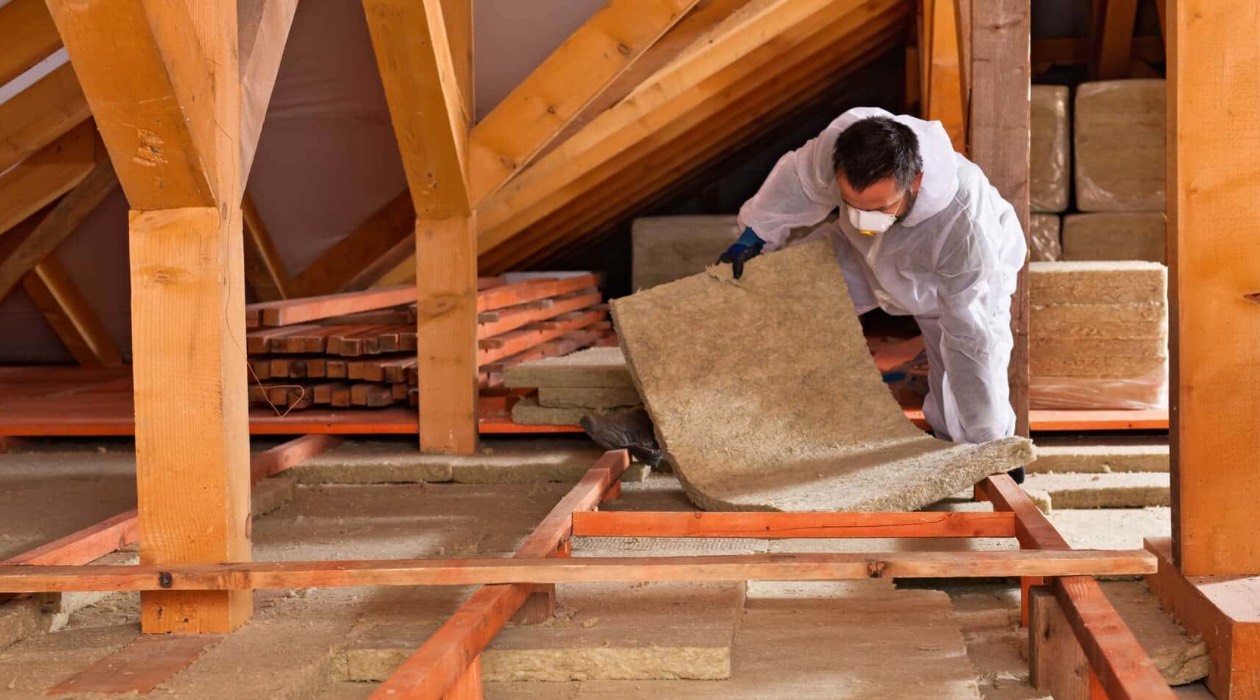
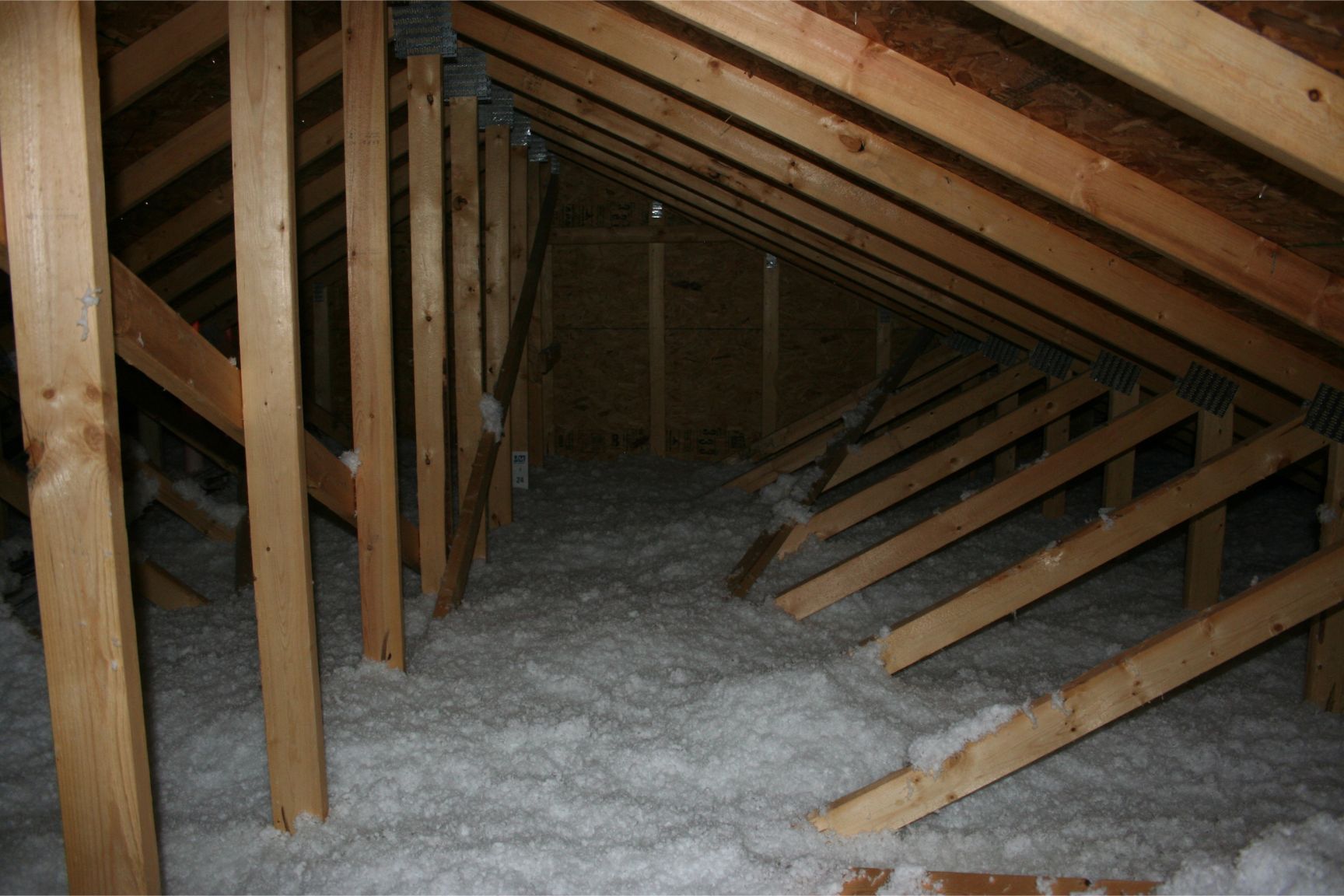
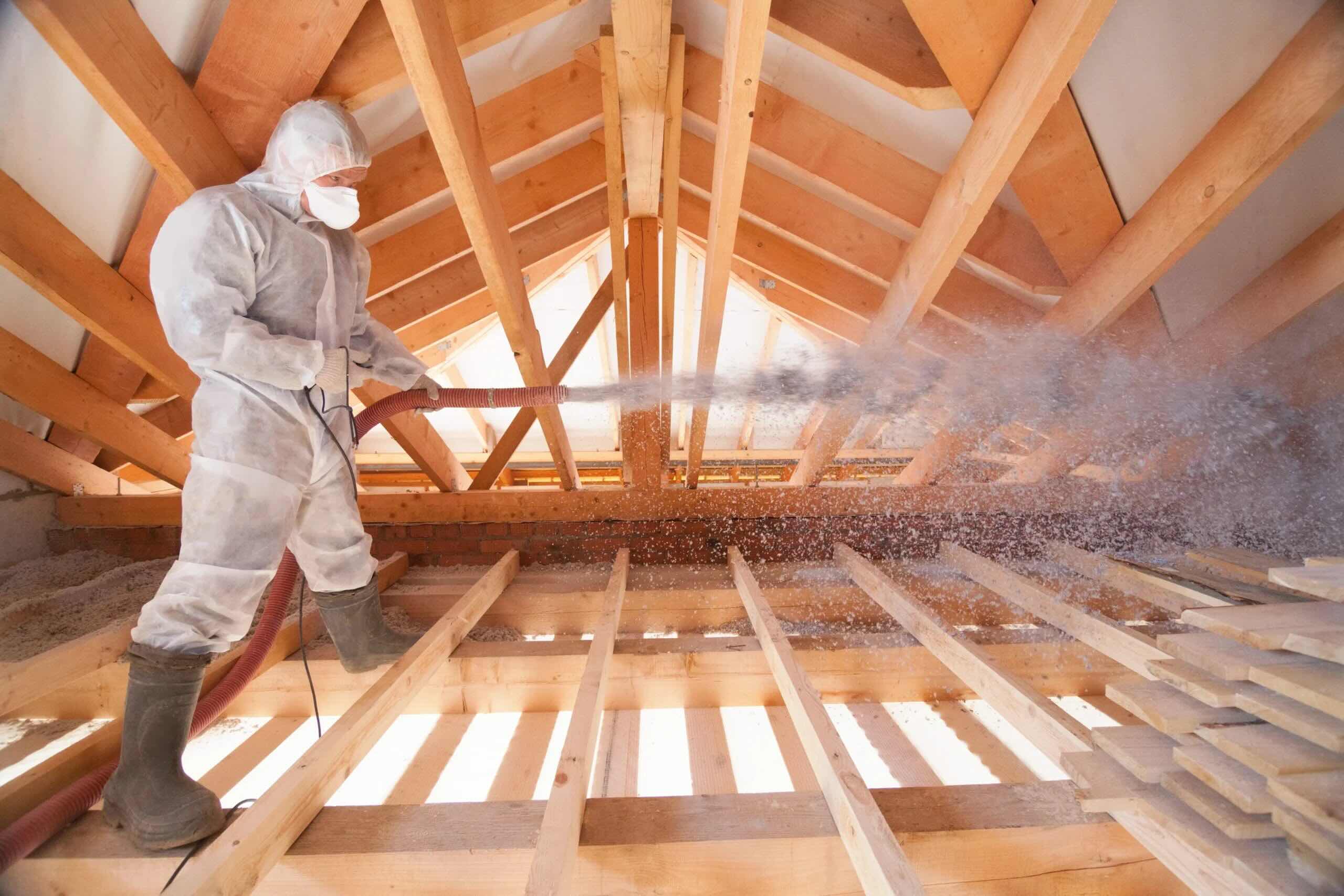
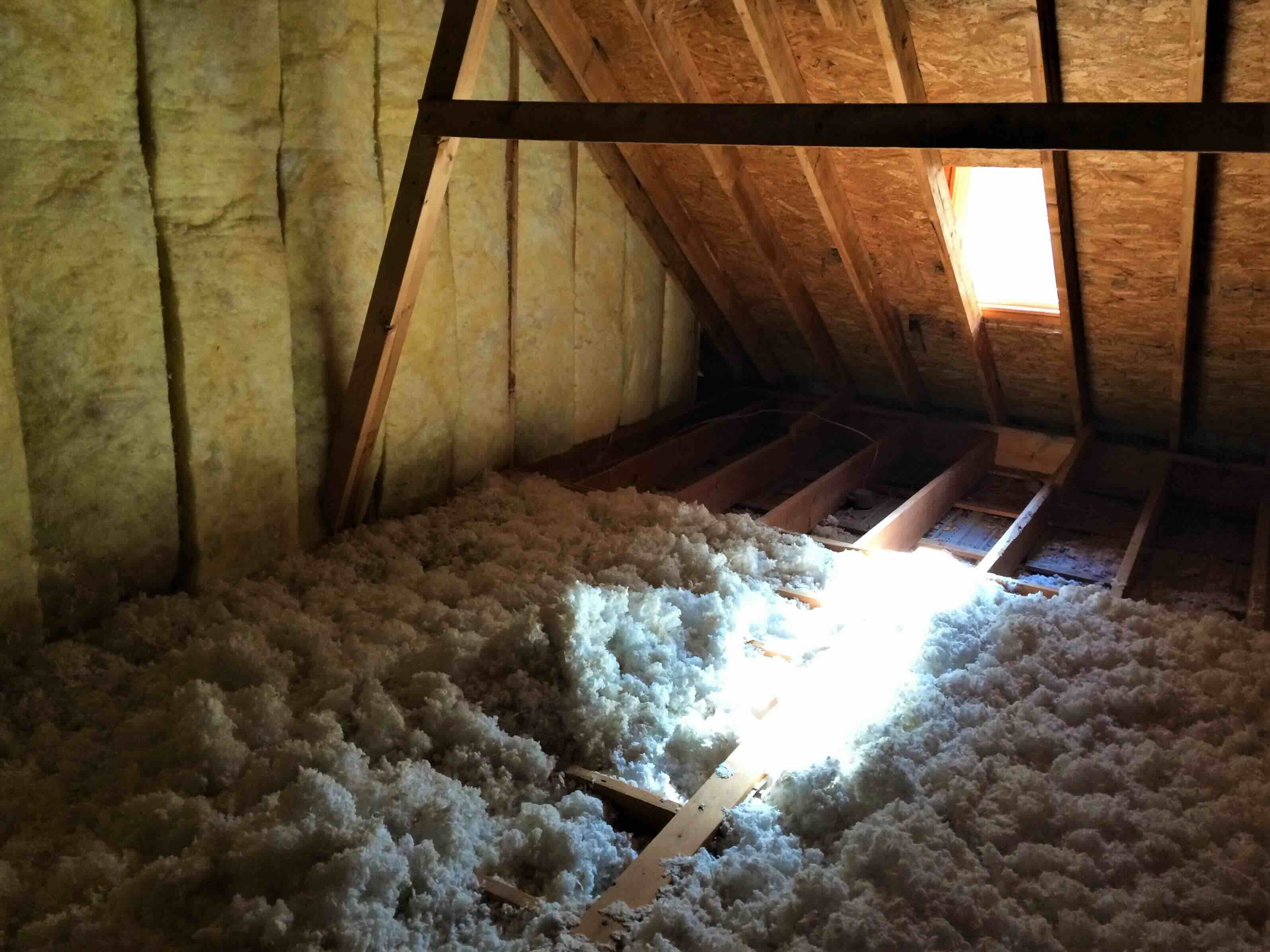
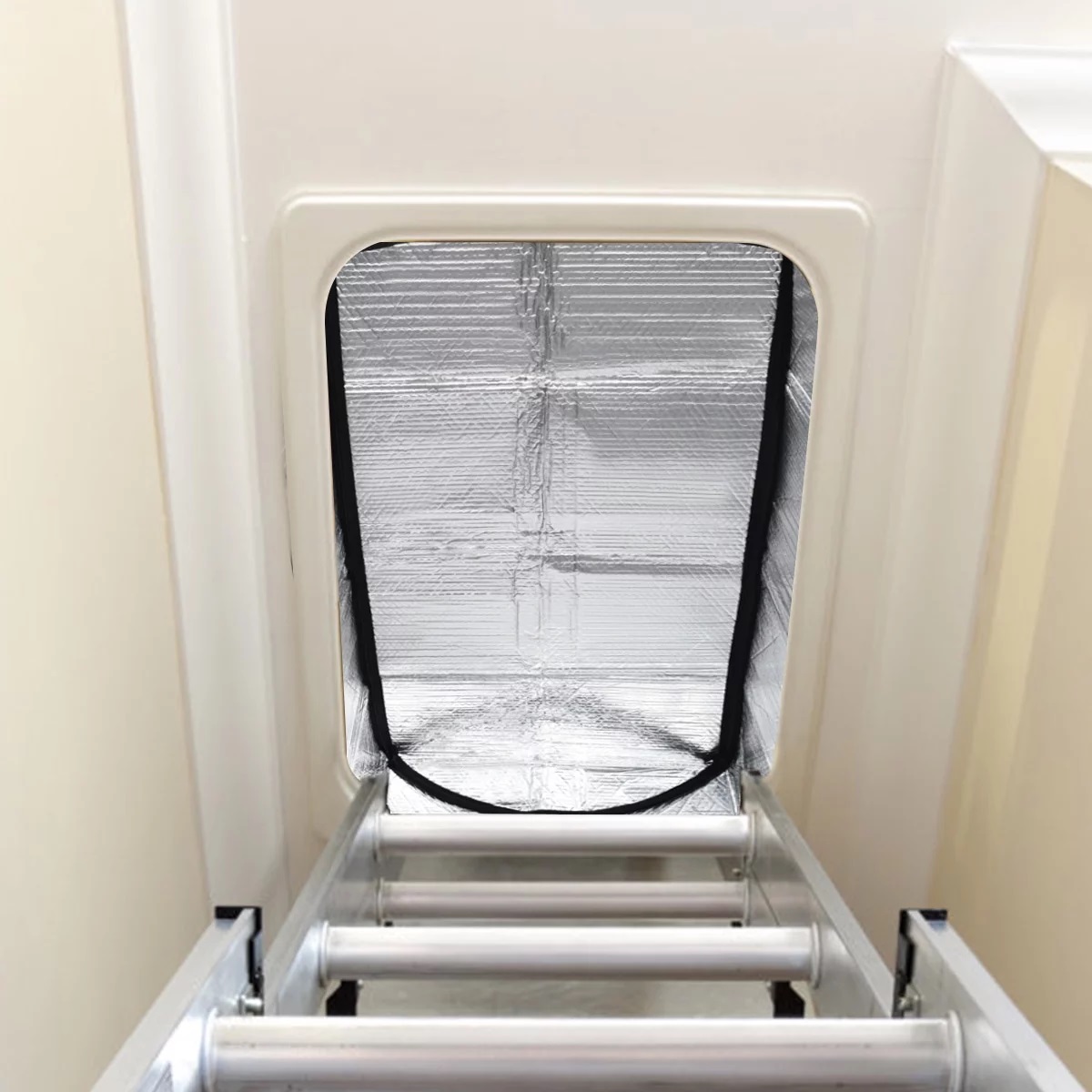
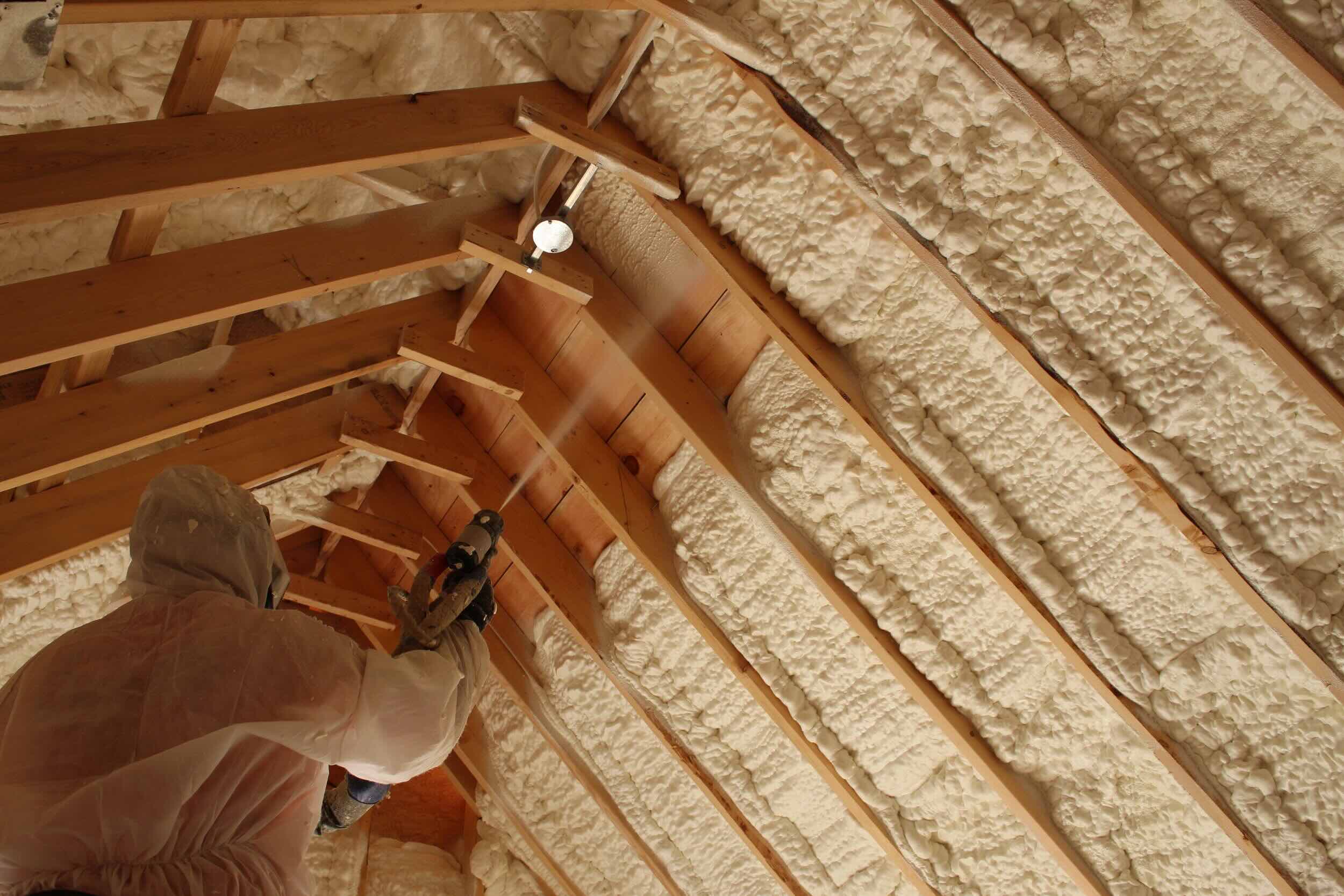
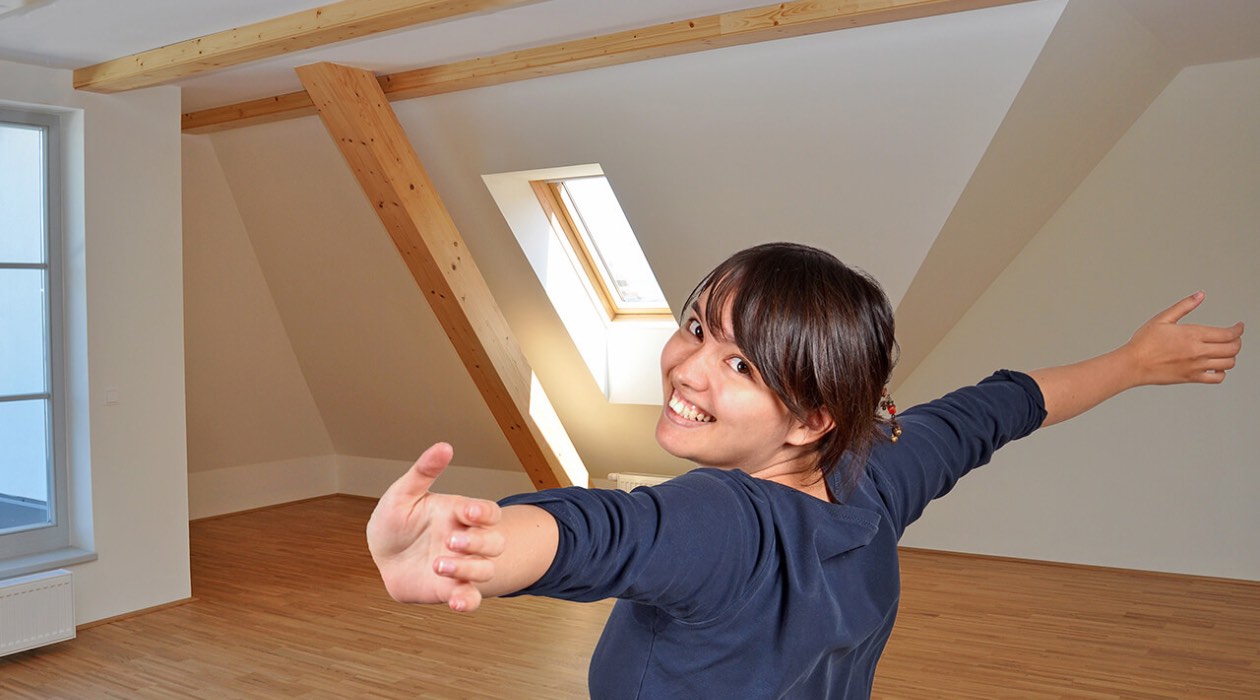
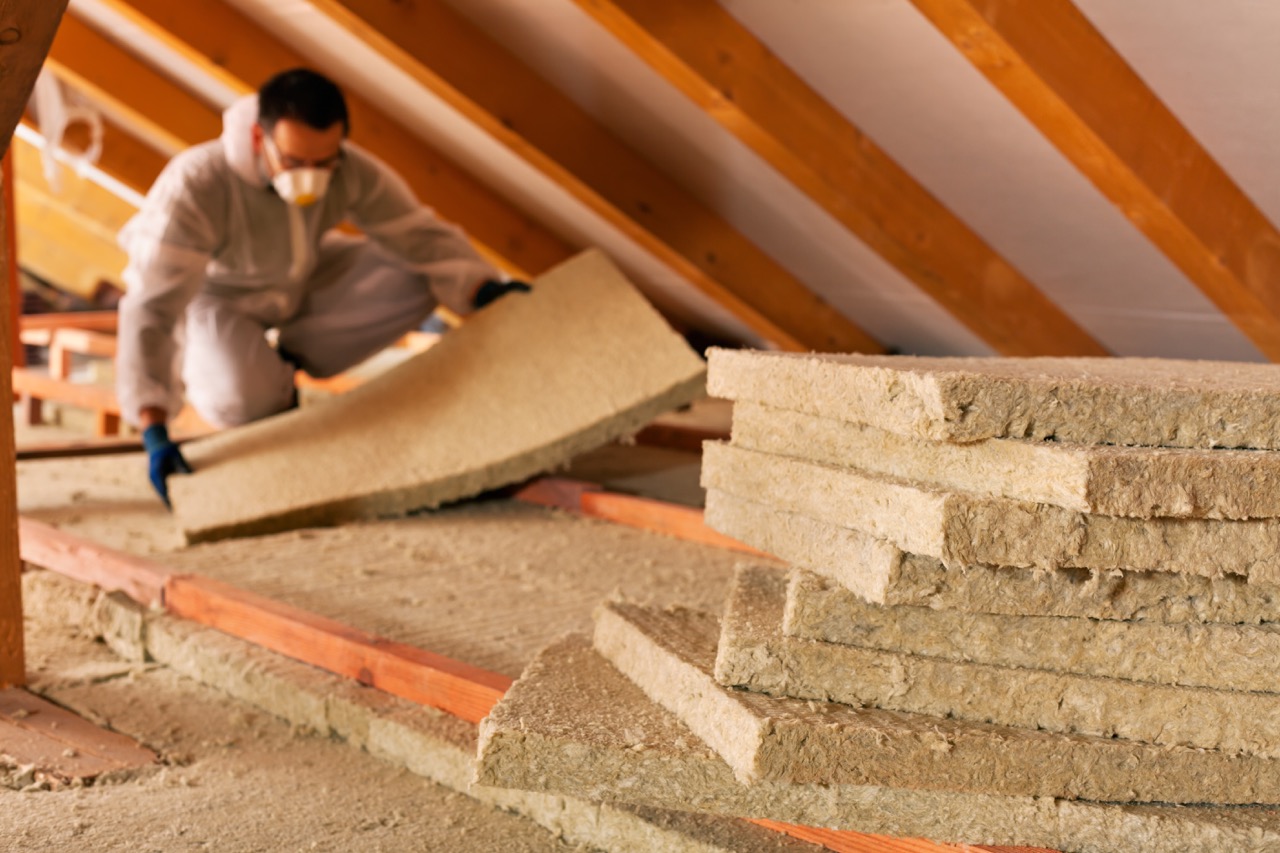

0 thoughts on “How Much Insulation Should Be In An Attic”